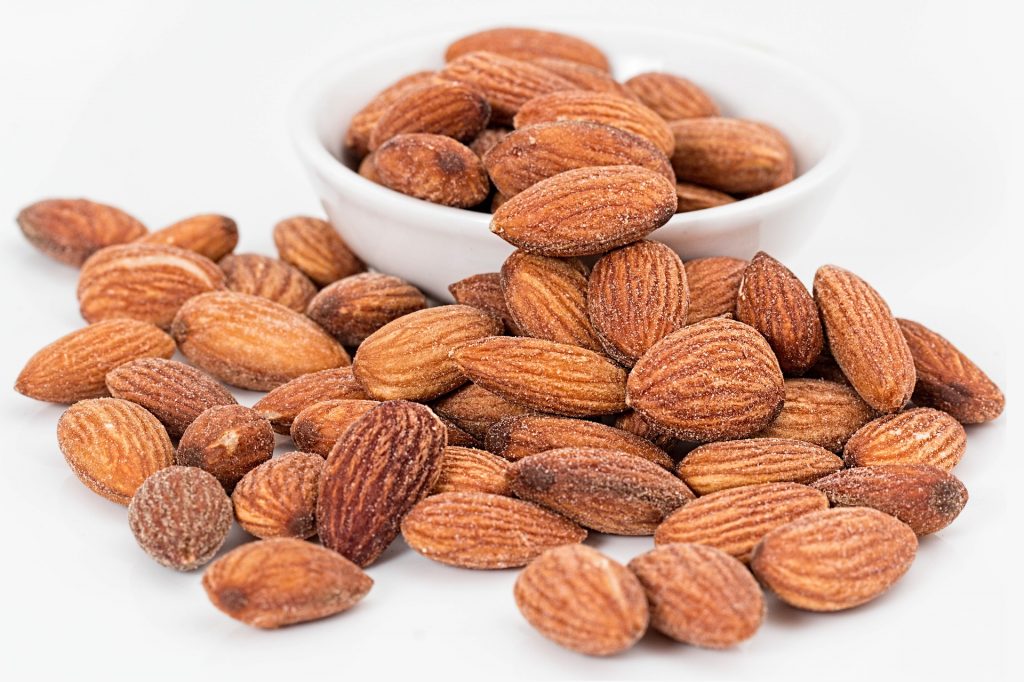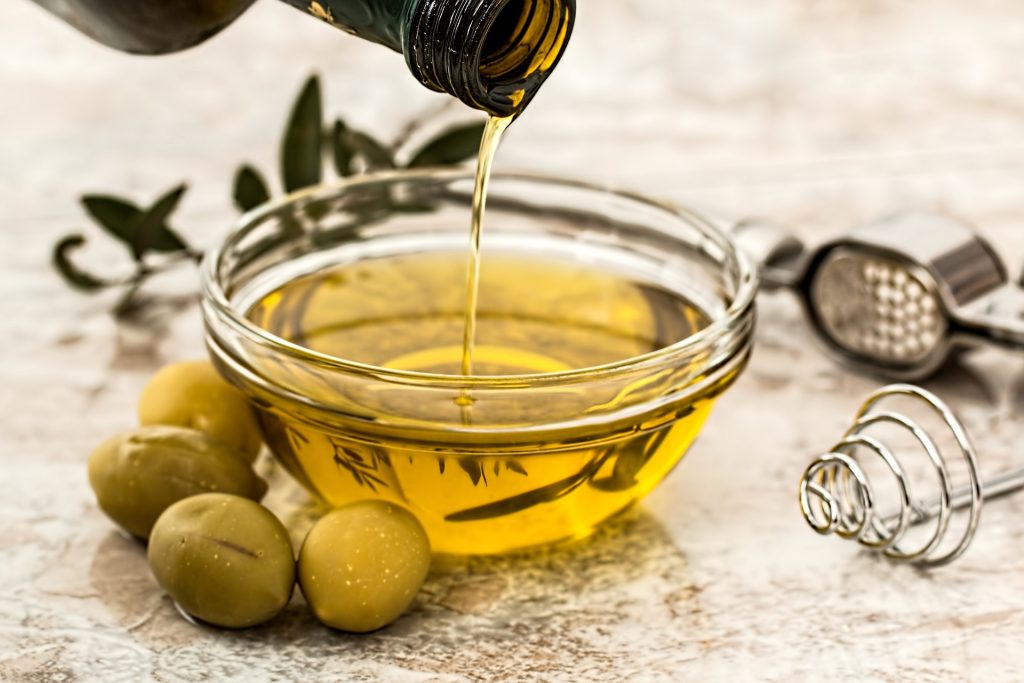 Eating a high quality diet can be a relatively straightforward endeavour, and many people understand the constituents of a healthy diet. Many people over complicate nutrition and this leads to a certain level of confusion in most cases. I would suspect that some of this confusion is deliberately caused obfuscation for the purpose of propaganda and business agendas. However, while the practicalities of nutrition are relatively straight forward, this is not to infer that the science of nutrition is simple. Far from it, the science of nutrition is highly complex and oversimplification of particular aspects of this science can also lead to confusion. Dietary fat for example is often referred to in nutrition as it it where a single compound that has a single effect, whereas in reality it is a highly complex heterogeneous mixture of many compounds with a wide ranging microscale of effects. Understanding the basic chemical classification of fats can therefore be useful to those who wish to understand their nutrition more thoroughly.
Eating a high quality diet can be a relatively straightforward endeavour, and many people understand the constituents of a healthy diet. Many people over complicate nutrition and this leads to a certain level of confusion in most cases. I would suspect that some of this confusion is deliberately caused obfuscation for the purpose of propaganda and business agendas. However, while the practicalities of nutrition are relatively straight forward, this is not to infer that the science of nutrition is simple. Far from it, the science of nutrition is highly complex and oversimplification of particular aspects of this science can also lead to confusion. Dietary fat for example is often referred to in nutrition as it it where a single compound that has a single effect, whereas in reality it is a highly complex heterogeneous mixture of many compounds with a wide ranging microscale of effects. Understanding the basic chemical classification of fats can therefore be useful to those who wish to understand their nutrition more thoroughly.
Dietary fat should really be referred to as dietary lipids. Lipids are a large group of non-polar compounds that include substances such as steroids, sterols, fatty acids, triglycerides and phospholipids. In human nutrition the most important dietary lipids are the triglycerides and these are simple 3 fatty acids joined to a glycerol backbone. The nature of the fatty acids can be quite variable both is their structure and carbon chain length, and this produces a theoretically huge number of possible triglycerides that can be present in the diet. Fatty acid chain length generally varies from around 4 to around 26 carbons for the important dietary fatty acids, and the chain length has a particular effect on the physiological response of the body. For example, the short and medium chain fatty acids are not absorbed from the intestine via the same mechanism as the long chain fatty acids, and this can have an immediate effect on metabolic regulation, storage and subsequent mobilisation of these fatty acids for transport.

The classification of dietary fat is complex. Oversimplification of this classification can lead to a certain level of confusion and so some qualification of any statement involving fat should always be present. Nuts for example mostly contain monounsaturated fatty acids. However some, such as walnuts contain polyunsaturated fatty acids.
The fatty acids can also have varying degrees of saturation, a term that refers to the number of double bonds in the carbon chain length. Saturated fatty acids have no double bonds and so their carbon atoms are ‘saturated’ with hydrogen. If a fatty acid possesses a single double bond it is said to be a monounsaturated fatty acid, and if it contains more than one double bond it is said to be polyunsaturated. The degree of saturation also plays an important role in the subsequent physiological response of the individual. Evidence suggests for example, that polyunsaturated fatty acids may be more likely to be oxidised that saturated fatty acids, which saturated fatty acids and monounsaturated fatty acids, on account of being less prone to rancidity, may cause less oxidative stress and this less inflammation, compared to polyunsaturated fatty acids. Two polyunsaturated fatty acids, alpha linolenic acid (ALA, C18:3 (n-3)) and linoleic acid (LA, C18:2 (n-6)) are essential and deficiency results in disease and ultimately death.

Classifying lipids as plant or animal based is not often done, but can be useful. Most plant fatty acids are unsaturated, whereas the fat content of meat reflects the food eaten by the animal. Olive oil is a good source on the monounsaturated fatty acid oleic acid. However, much of its health effects may come from the phytochemicals suspended in the oil.
Steroids are also dietary lipids, with cholesterol being the most well known of the steroids. Plants also contain steroids, but these steroids are classified as sterols (a sub-group of steroids) because they have a hydroxyl group on the 3-position of the a ring (this gives them their chemical name of steroid alcohols). Cholesterol is a precursor to all steroid hormones in humans including testosterone, oestrogen and progesterone. Plant sterols may have the ability to inhibit the absorption of cholesterol and to inhibit its conversion to other compounds. Vitamin D is also an important dietary steroid hormone. A number of vitamins including vitamin K, vitamin A and vitamin E are also classified as lipids and deficiency of these compounds leads to disease and death. Making statements about ‘dietary fat’ is therefore problematic unless the statement is qualified to provide some level of detail. ‘Low fat diets’ for example, would suggest that the diet is devoid of lipid vitamins, and thus was a direct route to an early grave.
Eat Well, Stay Healthy, Protect Yourself
RdB
